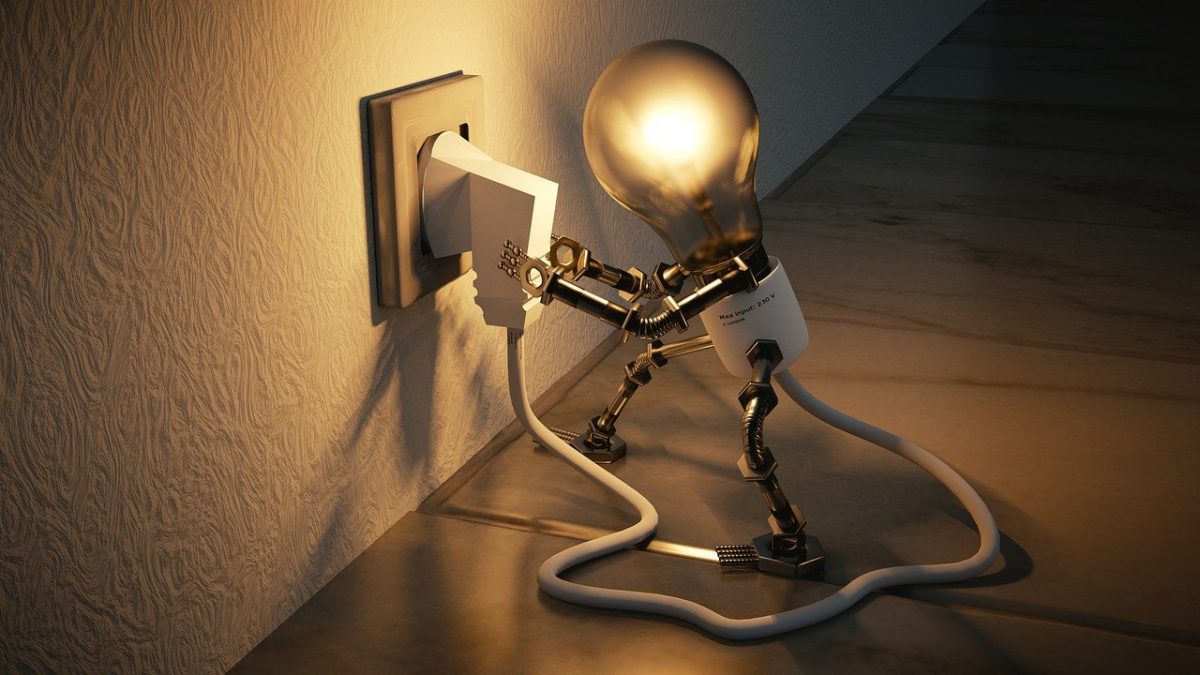
It seems impossible to keep up with the modern world. When you graduate from university, half of the subjects in your first year are already new. You buy a phone, and in a couple of days another one comes out, with a camera twice as good.
People very often face a common problem after university. They don’t know what they want to be and do next. Someone simply goes into freelancing, and becomes a paper writer or manager, for example. And someone goes to get a second degree to get a dream job.
With professions now became even more difficult: they seem to appear every day. But don’t panic: together with Intel, let’s find out what is going on and how to keep up with life – technological and not only.
Three Industrial Revolutions and their Outcomes
The First Industrial Revolution
It’s the great industrial revolution, which occurred at the turn of the XVIII and XIX centuries. It began in England and only then spread throughout Europe. Steam engines were invented, industry was automated, agriculture changed. The life of man also became different: the proletarians had a normalized working day, time for leisure. It was not physical strength that was valued, but the ability to operate new technology.
The Second Industrial Revolution
It began in the late 19th century and lasted until the beginning of World War I. Two inventions turned the world upside down: electromagnetic induction and the transformation of liquid iron into steel. Thus the world entered the era of railroads, skyscrapers and automobiles. At the same time, the first electrical devices appeared: light bulbs, radio and telephone lines.
The Third Industrial Revolution
In the late 1960s, full automation of production involving programmable machines began. On October 29, 1969, the ARPANET network, the ancestor of the modern Internet, was launched at 9:00 pm (and two years later, in 1971, the first e-mail was sent). Gadgets moved from the laboratory to the living room of an ordinary family: in 1981, the first mass-produced IBM PC on an Intel processor was released. Technology became available, and the key skill in today’s world was knowing how to use it.
Each industrial revolution fundamentally changed the way people live: how they spend their time, how they work, and how they move around the world. The main thing worth noting from all the upheavals that have taken place is that the importance of physical labor is gradually diminishing. With each new technical invention, intellectual labor is increasingly valued.
The Fourth Industrial Revolution: What’s Happening right now
The fourth industrial revolution was first talked about in 2011, when the spread of the internet and numbers became ubiquitous.
The revolution is so vast that it affects all aspects of our lives, from everyday habits and human relations to economics and politics.
The fourth revolution has already brought robotic labor, incredible amounts of big data, artificial intelligence and augmented reality technologies to humanity. In fact, the average person already encounters the new industry and Big Data on a domestic level almost every day. A teacher – when filling out an electronic journal and assigning grades for the quarter. A doctor – when taking a patient through an electronic appointment. Other areas have also undergone changes. For example, all content has gone online, there are special services and devices for its consumption.
With the development of robotics and 3D printing, the industry has changed: buildings are already being printed on a 3D printer. Augmented reality technologies are being introduced in medicine, making the process of even the most complex operations easier. Factories are becoming diversified, and the unit cost of goods is gradually decreasing. An important role in the industrial revolution was played by the pandemic, which accelerated all processes. Now they do not take years and decades, as before, but months. This has especially affected the field of technology in medicine and education.
Read Next: How to Cast to Firestick from Android & Windows 10.